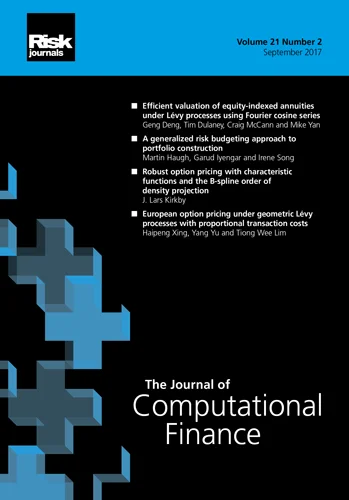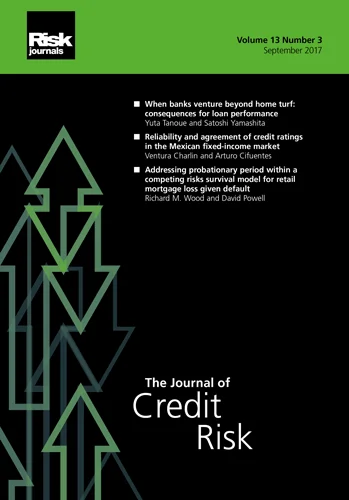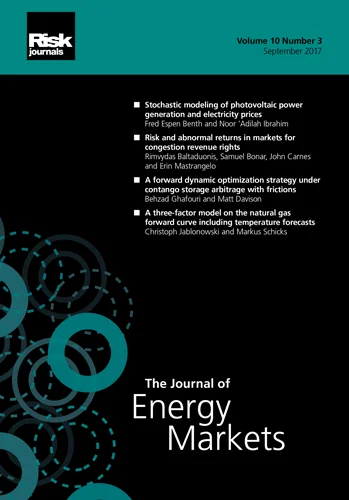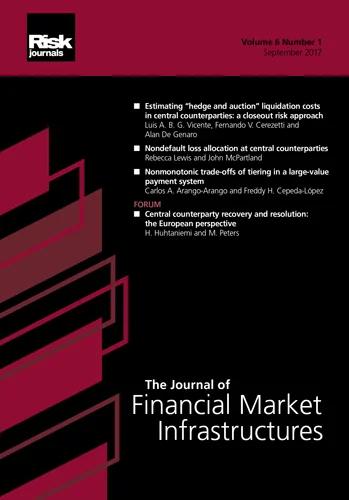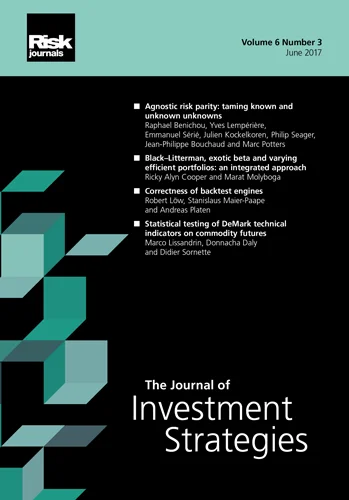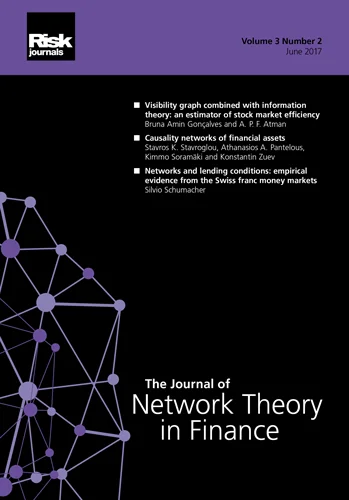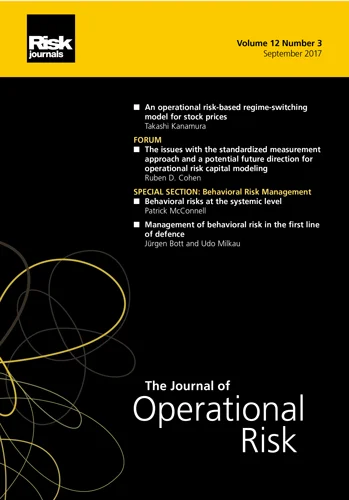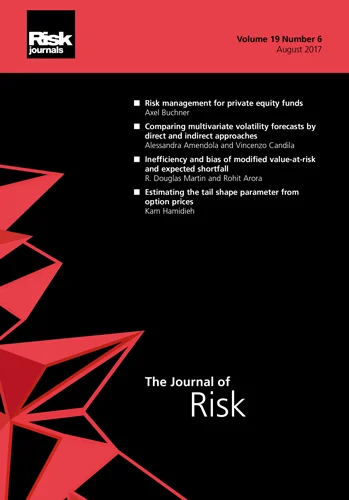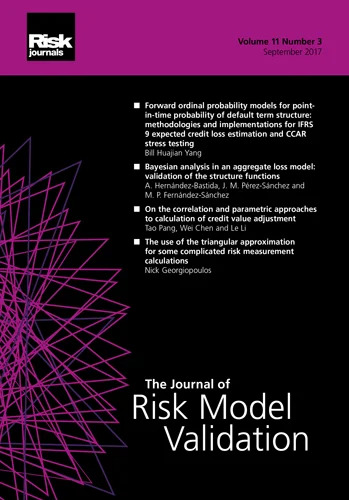Journal of Risk Model Validation
ISSN:
1753-9587 (online)
Editor-in-chief: Steve Satchell

Enhancing default prediction in alternative lending: leveraging credit bureau data and machine learning
Need to know
- Integrating credit bureau data and loan-specific variables with machine learning significantly improves default prediction in alternative lending.
- Key predictors of default include credit scores, loan amount, loan duration, months since the oldest trade, and recent credit inquiries.
- Traditional credit scores have limited predictive power in alternative lending; combining comprehensive data with advanced models offers practical insights for lenders and policymakers.
- Ethical concerns, including fairness and transparency, must be addressed to ensure equitable and responsible use of machine learning in credit risk assessment.
Abstract
Alternative lending is a vital source of credit for consumers underserved by traditional banks. This study examines how integrating additional data and advanced machine learning enhances default prediction in this sector. We merge loan records with credit bureau data and compare four variable sets: credit scores alone; loan-specific variables alone; a combination of credit scores and loan variables; and an integration of credit scores, loan variables and more than 300 credit bureau variables selected via least absolute shrinkage and selection operator (Lasso) regression. Our findings show that credit scores alone yield limited accuracy (with an area under the curve (AUC) of 0.6), while incorporating loan-specific features significantly improves performance. Further including selected credit bureau variables and tuning hyperparameters boosts predictive power, with a random forest model achieving an AUC of 0.854. Key predictors include credit scores, the loan amount, loan duration, months since the oldest trade, and recent credit inquiries. These results underscore the importance of comprehensive credit bureau data and rigorous model validation in alternative lending, offering practical insights for lenders and policy makers seeking to refine credit risk assessment.
Copyright Infopro Digital Limited. All rights reserved.
As outlined in our terms and conditions, https://www.infopro-digital.com/terms-and-conditions/subscriptions/ (point 2.4), printing is limited to a single copy.
If you would like to purchase additional rights please email info@risk.net
Copyright Infopro Digital Limited. All rights reserved.
You may share this content using our article tools. As outlined in our terms and conditions, https://www.infopro-digital.com/terms-and-conditions/subscriptions/ (clause 2.4), an Authorised User may only make one copy of the materials for their own personal use. You must also comply with the restrictions in clause 2.5.
If you would like to purchase additional rights please email info@risk.net
